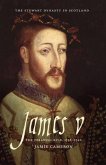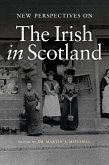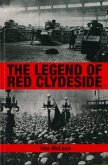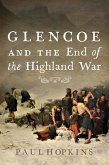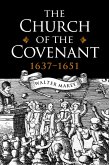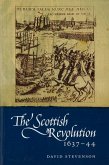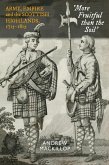This book traces the Clann Meic-bethad or Clan MacBeth whose members practised medicine in the classic Gaelic tradition in various parts of Scotland from the early fourteenth to the early eighteenth century. From many medieval Gaelic manuscripts known to have been in their possession, individual members of the clan and their activities are identified. Sometime in the second half of the sixteenth century the kindred began to adopt Beaton as a surname for use in non-Gaelic contexts. The medical Beatons fell naturally into two divisions: one confined mainly to the Western Isles and the other to the mainland of Scotland. This detailed study of the Beatons and their medicine describes how the position of medical doctor was inherited by the eldest son, and potential Beaton physicians were sent out to be trained by other members of the family for several years before undertaking their own practice. The book provides information on medieval medicine at the highest levels of Highland society.
Dieser Download kann aus rechtlichen Gründen nur mit Rechnungsadresse in A, B, BG, CY, CZ, D, DK, EW, E, FIN, F, GR, H, IRL, I, LT, L, LR, M, NL, PL, P, R, S, SLO, SK ausgeliefert werden.



